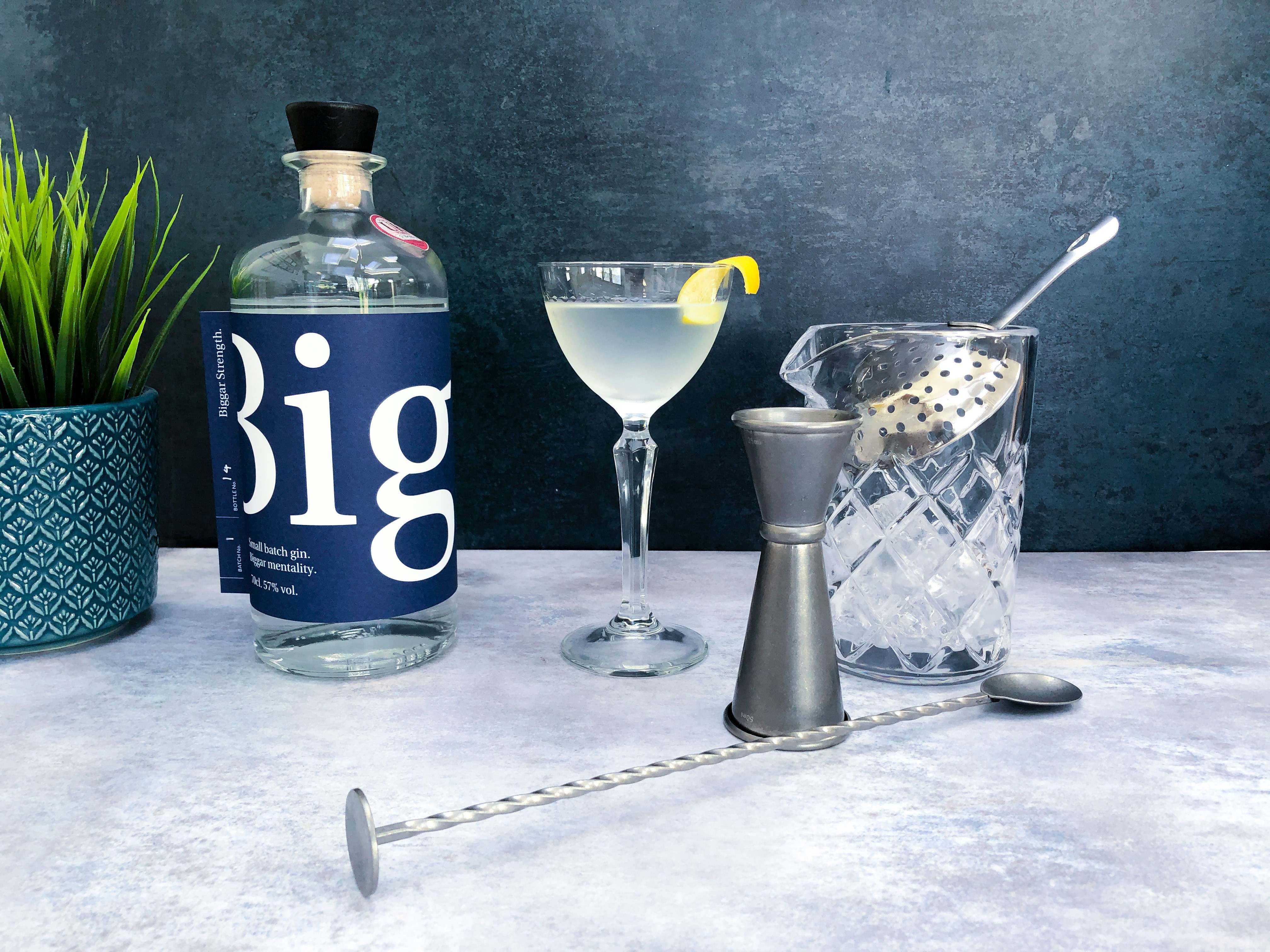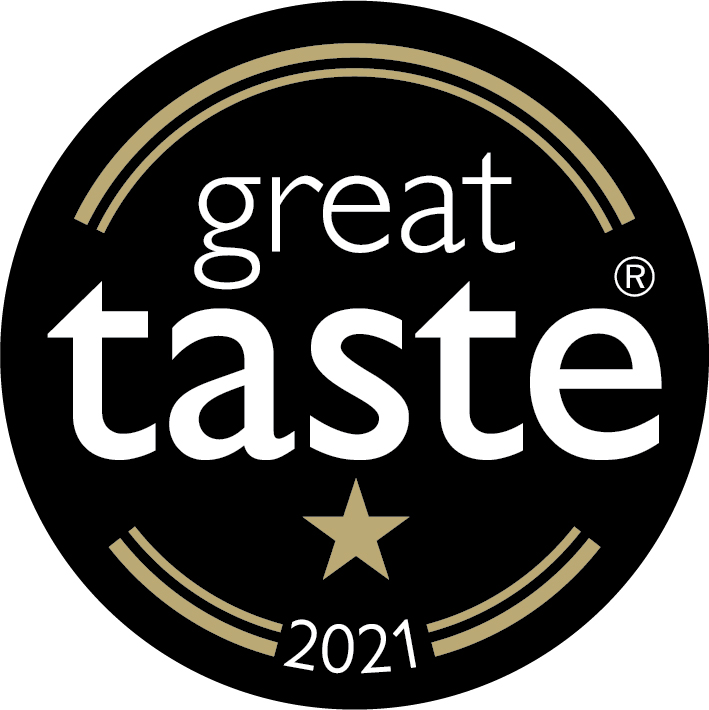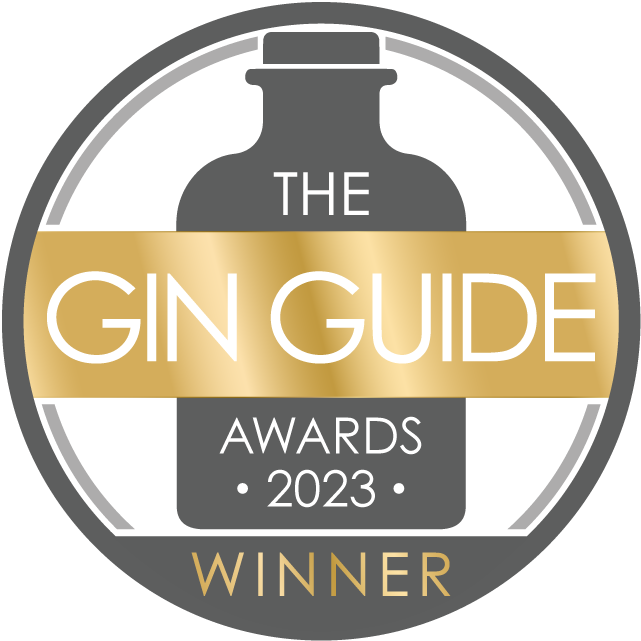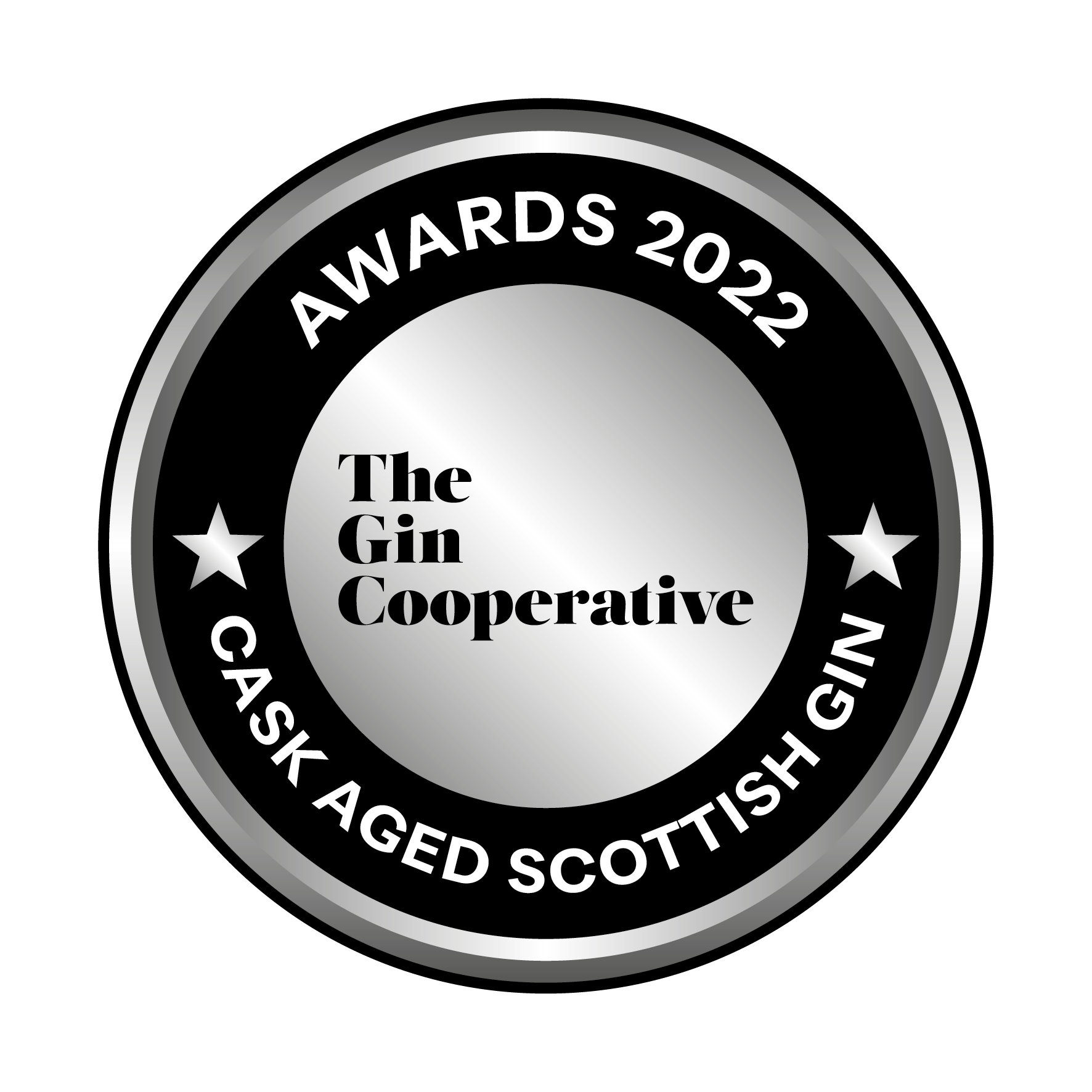Finding Harmony in Every Glass
At The Stillhouse, we often say that balance is everything. It’s what separates a good cocktail from a great one, and it’s the thread that runs through everything we distil, blend, or bottle. You can have the best ingredients in the world, but if the balance isn’t right, the drink won’t sing.
The good news? There’s a simple principle that bartenders have relied on for decades, one that you can easily use at home. It’s called the 3:2:1 ratio, and once you understand it, you’ll start to see cocktails in a whole new way.
The Rule of Three
The 3:2:1 cocktail principle is as simple as it sounds. It’s a ratio that helps you balance the three key elements in a drink:
-
3 parts strong – your base spirit
-
2 parts sour – typically citrus juice
-
1 part sweet – such as simple syrup or liqueur
That ratio gives you a beautifully balanced drink; not too sharp, not too cloying, and with enough structure to let the spirit shine.
You’ll find it behind countless classics: the Daiquiri (rum, lime, sugar), the Gimlet (gin, lime, syrup), or the Whisky Sour (whisky, lemon, sugar). Different spirits, same structure.
Why It Works
At its heart, mixology is all about flavour equilibrium. Each of the three elements in that ratio plays a specific role:
-
The spirit gives backbone and character; it’s the foundation.
-
The sour adds brightness, cutting through richness and heat.
-
The sweet rounds everything off, softening the edges and tying flavours together.
It’s a simple balancing act, but one that’s endlessly variable. Change the base, tweak the citrus, adjust the sweetener, and suddenly you’ve created a whole new cocktail.
Just like distilling, the art lies in small adjustments. One millilitre too much syrup can change the whole profile. The difference between a pleasant drink and one that keeps you coming back for another sip is often just a few drops.
Learning by Taste, Not Just Measurement
At Biggar Spirits, we always encourage experimentation. Start with the 3:2:1 rule as your foundation, but don’t be afraid to taste and adjust.
Different gins, for example, bring very different personalities to the same structure. Our Biggar Old Tom Gin adds floral sweetness that pairs beautifully with lemon, while Biggar Strength Gin (our Navy Strength) holds its own against more assertive flavours like grapefruit or honey.
Try this:
-
Make a classic Gimlet (3 parts Biggar Gin, 2 parts lime juice, 1 part sugar syrup).
-
Then try the same with Old Tom and switch to lemon.
-
You’ll instantly taste how balance shifts: sharper, softer, brighter; yet each version feels complete.
That’s the beauty of understanding balance. It’s not about perfection; it’s about intention.
The Hidden Ingredient: Texture
One thing most cocktail guides skip over is texture; that silky, mouth-coating quality that makes a drink feel “finished.” Balance isn’t just about flavour; it’s about feel.
Shaking a cocktail with ice adds dilution, softening acidity and mellowing alcohol burn. Stirring, on the other hand, gives clarity and control. The method you choose affects balance just as much as the ingredients do.
Think of it like distillation: how you handle temperature, pressure, and contact time shapes the end result. Mixing cocktails is the same: a little science, a little instinct, and a lot of care.
Building Confidence at Home
The beauty of the 3:2:1 ratio is that it works for nearly every cocktail style. Once you’ve got the hang of it, you’ll be able to look at any recipe and immediately understand what’s going on under the surface.
A few quick tips from us at The Stillhouse:
-
Use fresh citrus. Bottled juice throws the balance off completely.
-
Measure carefully. Consistency builds confidence.
-
Taste before serving. Every spirit interacts differently; trust your palate.
-
Start small. Adjust sweetness or acidity in half-teaspoon increments; you’ll be surprised how much it matters.
And above all, have fun with it. Cocktails are meant to be enjoyed, not overthought. The best drinks come from curiosity, not caution.
Closing Thoughts
Balance isn’t about strict rules; it’s about understanding relationships. That’s true whether you’re blending botanicals at The Stillhouse or stirring down a Negroni at home.
The 3:2:1 principle simply provides a framework —a place to start and a rhythm to follow. Once you feel it, you’ll start making better cocktails without even thinking about it.
So next time you reach for your shaker, remember:
Three parts strong, two parts sour, one part sweet; and a little Biggar spirit in every glass.








